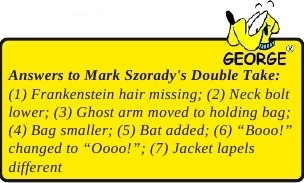Computer Lanuages A to Z: Yorick

by Gary L. Ratliff (eronstuc)
The computer language Yorick was developed in 1996 by David Munro while he was working at the Lawrence Livermore National Lab. This is an interpreted language written in the C computer language and which has a syntax which is very much similar to that of C itself. Its main uses are in mathematical programming of large data sets and other numerical calculations. Its main feature is in array handling, which makes it able to execute code much faster than the normal interpreted languages.
Because of the uniqueness of the language features, the best method to approach learning this would be to read one of the introductory articles found on the Internet. Since the language was only introduced in 1996, one of the earliest treatments of the language was an article which appeared in a 1998 issue of the Linux Gazette. This was written by Cary O'Brien and he called it: The Yorick Programming Language. You may find it on the web http://linuxgazette.net/issue26/obrien.html.
There is an article in Wikipedia which has several illustrations of the array features of the language: http://en.wikipedia.org/wiki/Yorick_(programming_language)
Now as the language has syntax which is very C-like, you might expect that the last letter of the file would give a clue to the nature of the program. As with gcc, the .c indicated a C program, the .f a Fortran and the .cc one for the c++ compiler in the set. Files for Yorick seem to be called include files, and are so indicated by having .i as the final part of the file name. This is borne out by the treatment in the official Yorick home page found on Sourceforge.
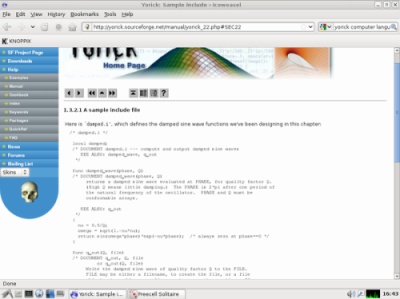
You can see clearly the similarity of the Yorick code to that of the c language. All the types of comment notation for C or C++ are also used in Yorick code.
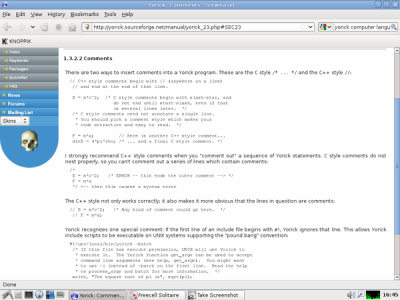
The Sourceforge home page for Yorick is negotiated in much the same manner as the file for the APL language. The arrows at the top and bottom of the page will move one through the system. The code for Yorick is covered by the BSD license, and versions are available for Windows, Macs, Unixes, and Linux, all without the need to contribute to the Bill Gates retirement fund. The tabs at the start of the Home page take you to full coverage of the Yorick language, where you can download the code, example programs, a programming manual, and several example programs.
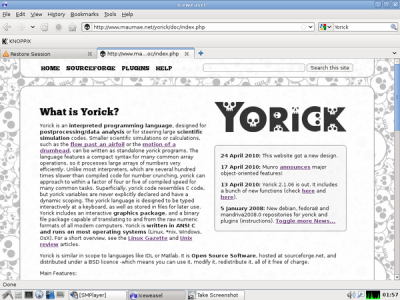
While reading the material, you also learn that versions for Fedora and Debian will be found in the repositories for these systems. An impending hard drive failure prohibited me from being able to load any of my PCLinuxOS installations.
The documents suggest that once you read the material, you try to install a version of Yorick on your system and key in the examples to actually see the system in operation. Once I visited the Synaptic program on the Debian 5.04 system I learned that there were many files for Yorick and Yorick documentation. So this was easily installed to the system. However, all my downloading of the info files was to my Knoppix 6.5 system. So this was set up by editing the repository section to include all the Debian packages and then hitting the reload key. Soon I learned that that the Yorick language could easily be installed on Knoppix.
Here you see that the code is entered and the system responds giving instant feedback.
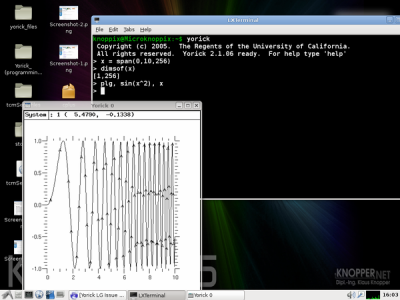
So I hope this material will help you decide to try the system. Now we know that languages are born and that they also die. So some time in the future, when Yorick has come and gone, an aged programmer will remark:
“Alas, poor Yorick, I knew it well.”
Next time, we will finish up the alphabet with a language beginning with Z, or as the British say Zed.
